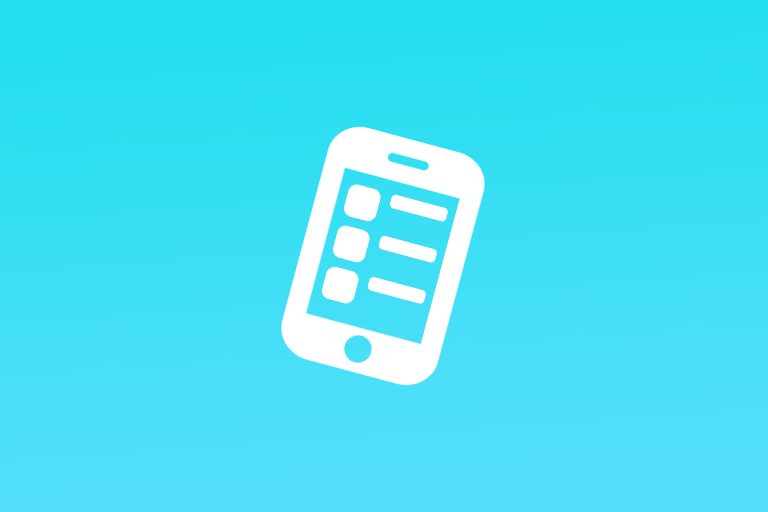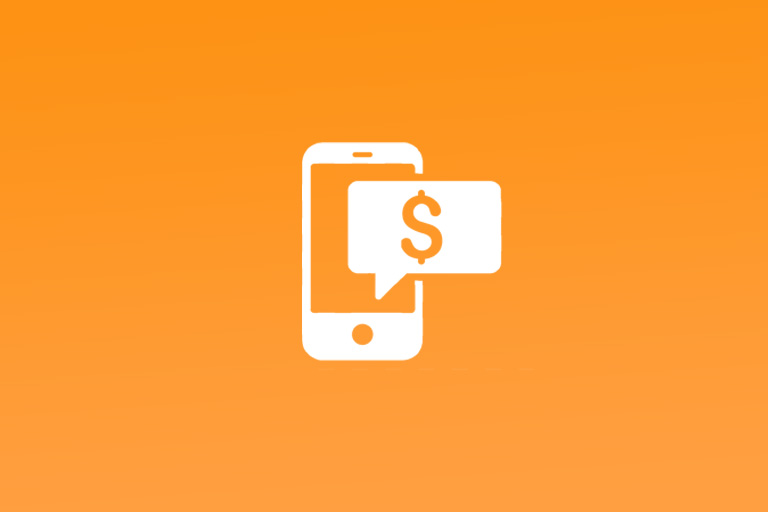In the competitive landscape of app marketing, retaining users and encouraging repeat engagement are crucial for long-term success. One effective strategy to achieve this is the implementation of loyalty programs. By rewarding users for their continued interaction with an app, loyalty programs can enhance user satisfaction, foster brand loyalty, and drive sustained engagement. This article explores the various aspects of implementing loyalty programs in app marketing.
Understanding What Is Loyalty Programs?
Loyalty programs are structured marketing strategies designed to encourage users to continue using a product or service. These programs reward users for their loyalty and repeated engagement, often through points, discounts, or exclusive content. In the context of app marketing, loyalty programs can take various forms, including point-based systems, tiered rewards, and personalized offers.
Examples of Loyalty Programs In App Marketing
Starbucks Rewards
The Starbucks app uses a point-based system where users earn stars for every purchase. These stars can be redeemed for free drinks, food items, and other rewards. The program also includes tiered rewards, encouraging users to reach higher levels for better benefits.
Check it out here: https://www.starbucks.com/rewards
NikePlus
Nike’s loyalty program, NikePlus, offers members exclusive access to products, personalized workouts, and early notifications about new releases. The program is integrated with the Nike app, providing a seamless experience for users.
Check it out here: https://www.nike.com/experiences/details/33933
Benefits of Loyalty Programs
Implementing a well-designed loyalty program offers numerous benefits for app marketers:
1. Increased User Retention
Loyalty programs incentivize users to return to the app regularly. By offering rewards for repeated use, marketers can create a compelling reason for users to stay engaged with the app.
2. Enhanced User Engagement
Regularly rewarded users are more likely to explore different features of the app, increasing overall engagement. This can lead to higher interaction rates and more meaningful user experiences.
3. Higher Lifetime Value
Loyalty programs can significantly increase the lifetime value of users by encouraging more frequent purchases and interactions. Loyal users tend to spend more and are more likely to recommend the app to others.
4. Valuable User Insights
Tracking loyalty program interactions provides valuable data on user behavior and preferences. This data can be used to refine marketing strategies and tailor offers to individual users.
Types of Loyalty Programs
There are several types of loyalty programs that can be implemented in app marketing:
1. Point-Based Systems
Users earn points for every interaction, such as making a purchase, referring friends, or simply logging in. These points can be redeemed for rewards like discounts, free products, or exclusive content.
2. Tiered Rewards
This system offers different levels of rewards based on the user’s engagement or spending. As users accumulate more points or achieve higher tiers, they unlock better rewards and benefits.
3. Subscription-Based Programs
Users pay a regular fee to join a VIP program that offers exclusive benefits, such as early access to new features, premium support, or special discounts.
4. Gamified Programs
Incorporating game-like elements, such as challenges, badges, and leaderboards, can make the loyalty program more engaging and fun. Users earn rewards by completing specific actions or achieving milestones within the app.
How To Implement Loyalty Programs In App Marketing
Implementing a loyalty program for app marketing can significantly enhance user engagement, retention, and overall satisfaction. By offering valuable rewards and creating a seamless experience, developers can build a loyal user base that continually interacts with the app.
1. Define Objectives
To start, it's crucial to define clear objectives for the loyalty program. These may include increasing user retention, boosting engagement, driving revenue through in-app purchases or subscriptions, and enhancing overall customer experience to foster brand loyalty.
2. Understand Your Audience
Understanding your audience is equally important. Segmentation based on behavior, demographics, and preferences allows for tailored rewards and incentives that resonate with users.
3.Choose the Type of Loyalty Program
Next, selecting the appropriate type of loyalty program is key. Whether it's a points-based system, tiered program, referral program, or incorporating challenges and gamification, it should align with your objectives and audience preferences. Refer to "Types of Loyalty Programs" mentioned above.
4.Design the Reward System
Designing the reward system requires careful consideration. Rewards should be relevant, achievable, and diverse to cater to various user preferences and keep them motivated.
5.Integrate the Loyalty Program into Your App
Integrating the loyalty program seamlessly into the app ensures a user-friendly experience. Clear communication about how the program works and how users can earn and redeem rewards is essential, alongside utilizing notifications to keep users informed.
6.Promote the Loyalty Program
Promotion of the loyalty program is vital for its success. Introduce it during onboarding, utilize email campaigns, social media channels, and in-app banners to create awareness and encourage participation.
7.Monitor and Analyze
Lastly, monitoring and analyzing key metrics such as user participation rate, redemption rate, and impact on retention and revenue allows for continuous optimization based on performance data and user feedback.
Best Practices for Implementing Loyalty Programs
To maximize the effectiveness of loyalty programs in app marketing, consider the following best practices:
1. Understand Your Audience
Tailor the loyalty program to match the preferences and behaviors of your target audience. Conduct surveys or analyze user data to identify what types of rewards will be most appealing.
2. Keep It Simple
Ensure that the loyalty program is easy to understand and use. Complicated systems can deter users from participating. Clearly communicate how users can earn and redeem rewards.
3. Offer Valuable Rewards
Provide rewards that are meaningful and valuable to your users. This could include discounts, exclusive content, or even physical products. The perceived value of the rewards should motivate users to engage with the app.
4. Promote the Program
Regularly promote the loyalty program through in-app notifications, email marketing, and social media. Highlight the benefits and remind users of the rewards they can earn.
5. Monitor and Adjust
Continuously monitor the performance of the loyalty program and gather feedback from users. Use this information to make necessary adjustments and improvements to keep the program relevant and effective.
Conclusion
Implementing loyalty programs in app marketing can significantly enhance user retention and engagement. By offering valuable rewards and creating a sense of exclusivity, marketers can build strong, long-lasting relationships with their users. As competition in the app market continues to grow, leveraging loyalty programs can be a key differentiator and a powerful tool for sustained success.
Get Professional App Marketing Service With FoxData
Ready to make your app shine? Optimize your app's visibility and rankings with FoxData by leveraging our powerful insights today! Enhance your digital presence with FoxAdvert, our expert digital marketing agency! Partner with our expert team for targeted advertising strategies that drive results. Let's get started!







